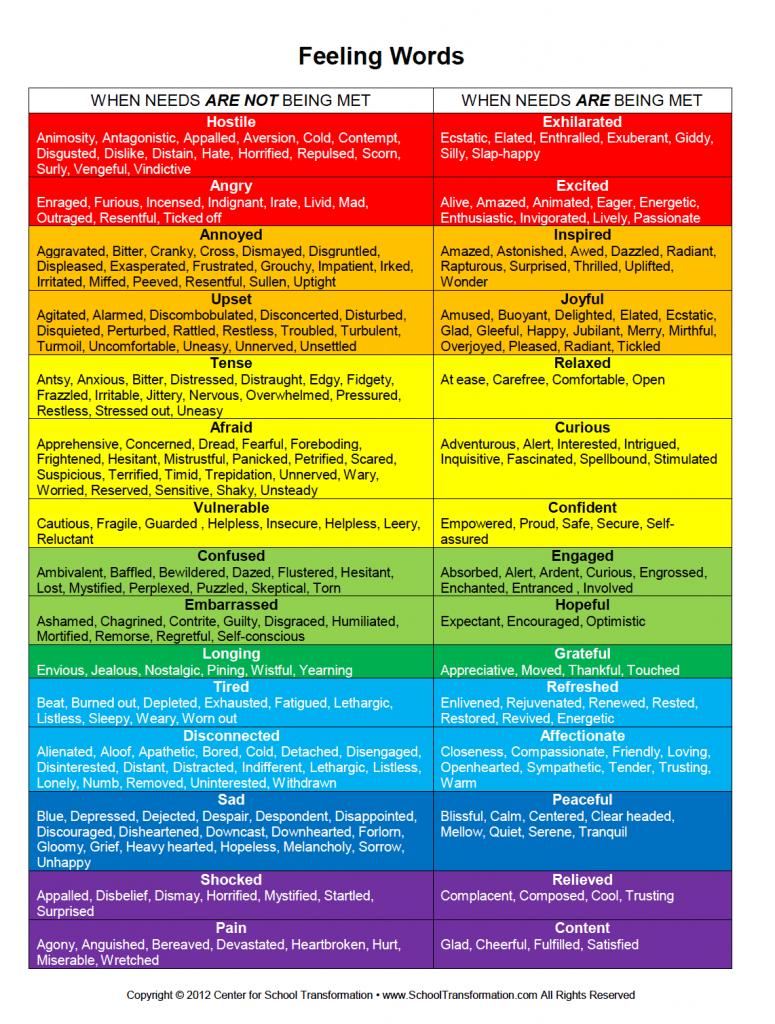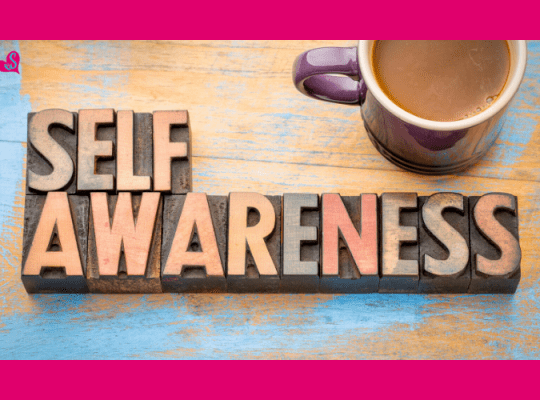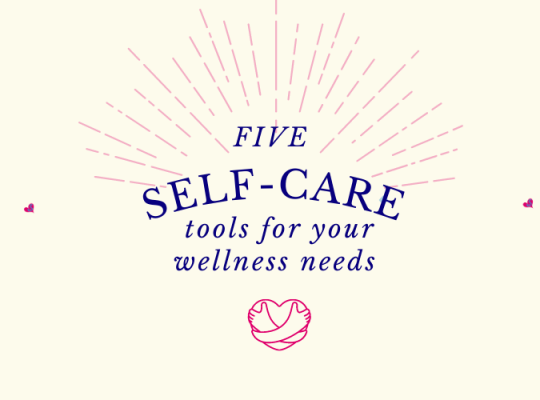The past few days have been weighing heavy on me. It may be for you as well. The pandemic and injustice acts have caused a surge of emotions across our country. One of anger and outrage. Of sadness and pain. With a longing for needs to be met. Universal human needs like fairness and justice.
As we seek to understand the emotions that drive human behaviors, let’s start with ourselves first. By doing the inner work – to develop the awareness of our own feelings and needs, we are open to listen deeply and respond in a compassionate way. One that nourishes connection instead of conflict. As leaders in our home, at work, and in our community, we can seek to lead with empathy and compassion.
I’d like to share with you a method from Marshall Rosenberg’s work surrounding the framework of ‘Nonviolent Communication’, which is also known as ‘Compassionate Communication’. It’s a method that leads to a deeper awareness of the connection between your feelings and universal needs.
What I want in my life is compassion, a flow between myself and others based on a mutual giving from the heart.” -Marshall Rosenberg
Here are the 4 steps:
1. OBSERVE
Use your senses- what do you see or hear, what are you noticing? When you observe, instead of evaluate, you dismiss from your mind any judgement, assumptions, generalizations or criticisms. Try it with what’s happening in our nation right now. What are you seeing? What are you hearing? Again do this from an objective point of view.
2. IDENTIFY FEELINGS
Avoid thoughts instead be clear to name what you’re feeling. And this may be difficult initially since thoughts can show up as feelings. For example, when one says “I feel like no one is listening to me” – this is a thought disguised as a feeling. This person may be feeling discouraged or helpless. Here is a list of feeling words you can identify for yourself. Notice the contrast between the left and right columns.

3. DISCOVER YOUR NEEDS
Once you name your feelings, the following step is to identify your needs. These needs are universal meaning they meet every person’s values and desires to have a meaningful life. Needs such as sustenance, safety, community, and even challenge. Our feelings are derived from whether or not these needs are met.
Some needs may be more important than others depending on the season of your life. For our society today, there’s an outcry for justice, fairness, protection, and security – all under the umbrella of safety. Yet I also hear the voices demanding respect, acceptance, connection, and love.

4. REQUEST
Knowing your emotions and the needs you’d like to have met, the final step is to request from yourself to take action. Ask yourself to acknowledge and confront these emotions, and how might you fulfill the unmet needs in a nourishing way.
I understand that when you’re in the heat of the moment, it’s a challenge to step back and pause. This is when we circle back to the beauty of mindfulness – to be in the present moment to sit with our emotions. So instead of reacting immediately, we tune in to find out what may be needing in that moment. What follows is a more gentle response to ourselves and to others.
Once we have a grasp to apply this method to our personal feelings and needs, we can practice this method to connect with others in a compassionate way.
Let’s start with our inner work first.
As a woman of faith I’d like to share with you a prayer from YouVersion:

If you’re willing, please share your current emotions and what you’ve identified as your needs (met or unmet). What action will you take to nourish your needs?








